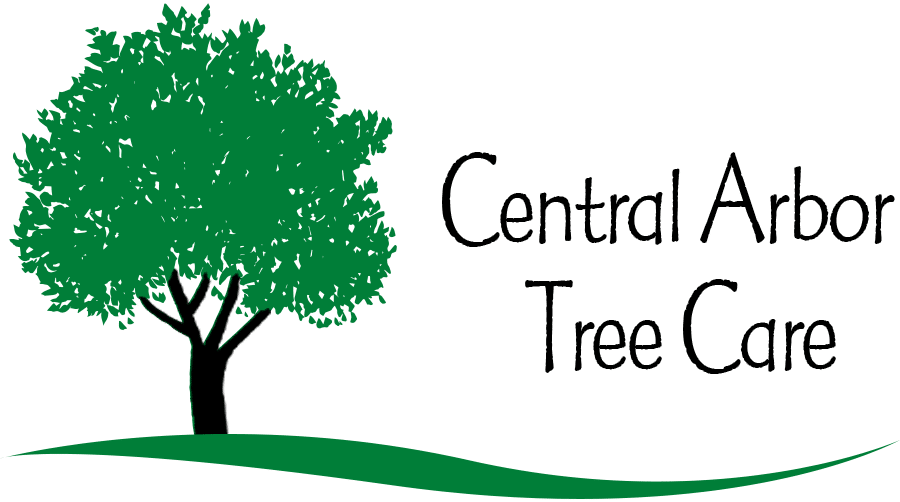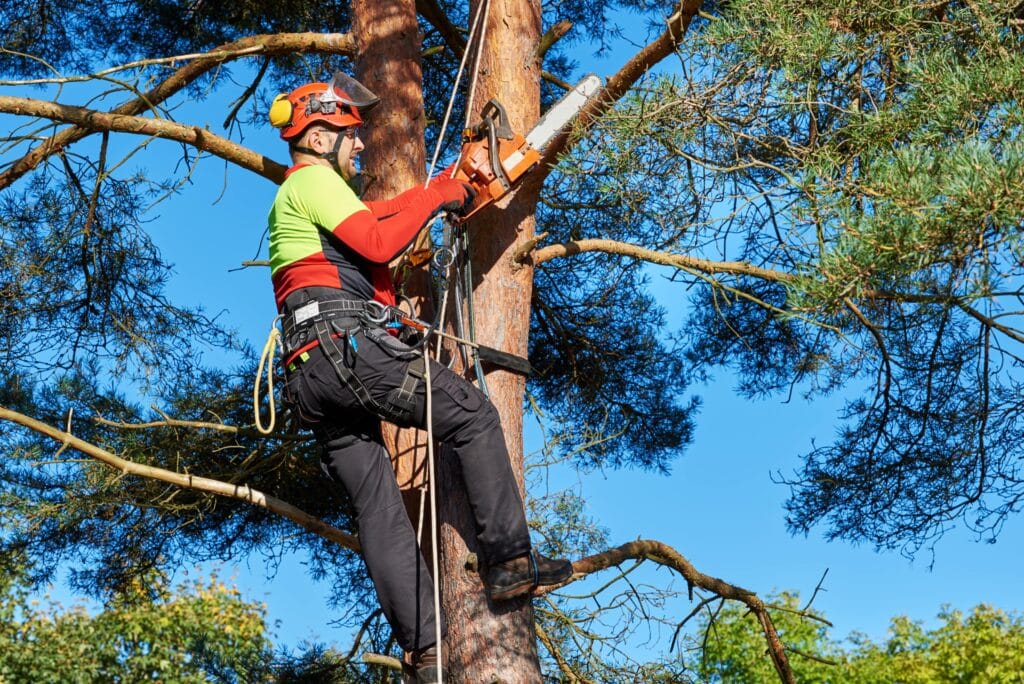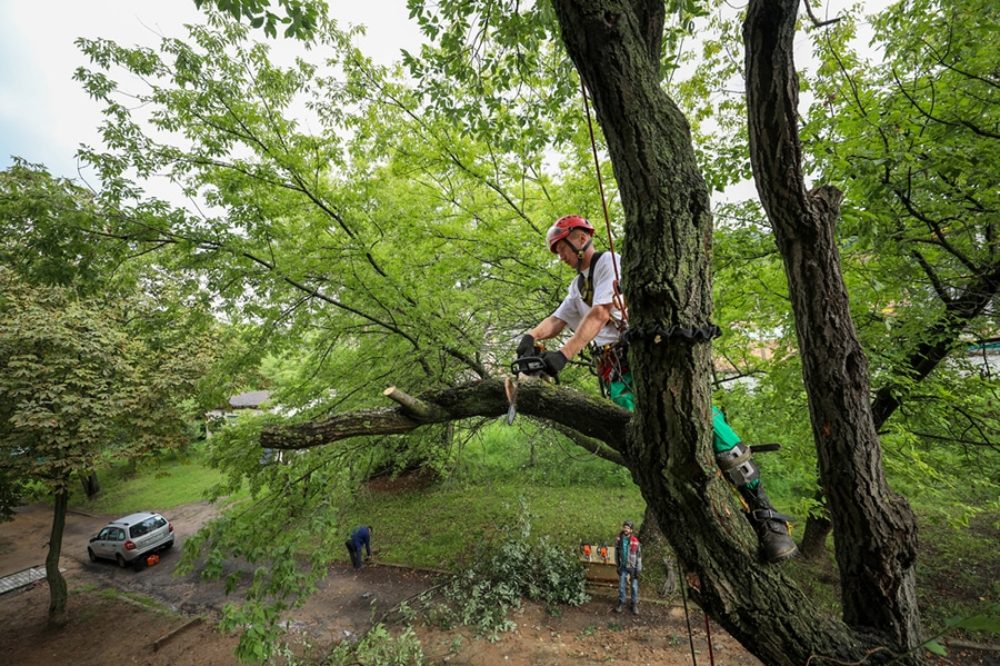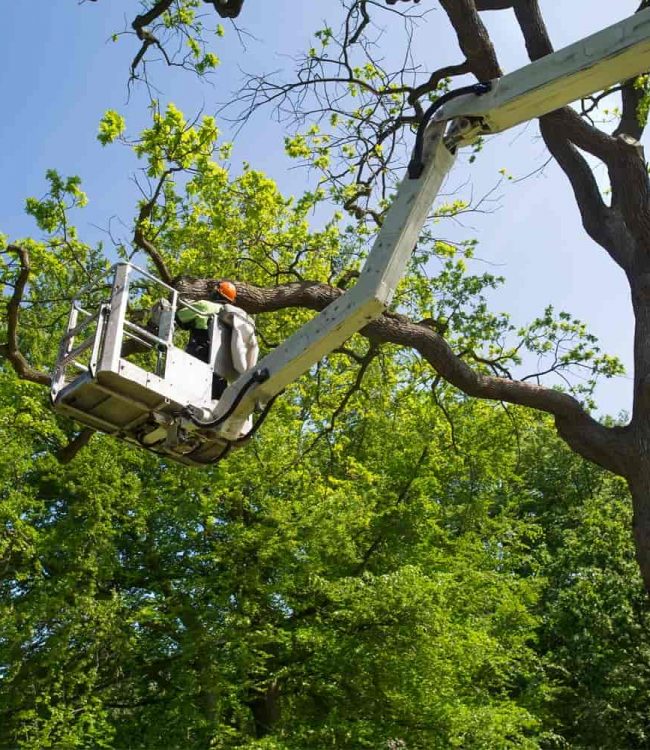Trees are an integral part of our natural environment, offering shade, oxygen, and beauty to our surroundings. However, as trees age, they may develop weak or diseased branches that pose a risk of failure resulting in property damage, injury, and even loss of life. Regular pruning is essential to mitigate risks – improving tree health and aesthetics. It ensures the safety of nearby structures and individuals.
Does Tree Pruning Matter?
Pruning is essential in keeping trees healthy and preventing branch failure by selectively pruning away dead, diseased, or structurally weak branches that threaten their overall structural integrity. Pruning also promotes proper airflow and sunlight penetration, encouraging healthier environments that better resist pests and diseases.
Identification of Hazardous Branches
Regular tree inspection is vital to identify branches that could pose a safety risk. Look out for signs of deadwood, such as brittle, dry, and decayed units, which are more prone to breakage during storms or high winds; crossing or rubbing against each other can weaken attachment points and lead to failure; also, keep an eye out for branches with included bark because this indicates weak unions which may eventually fail over time.
Importance of Professional Pruning
Although DIY pruning tasks may seem attractive, professional arborists have the expertise and know-how to identify potential hazards accurately and prune trees accordingly. Certified arborists use advanced equipment and techniques to ensure each job is carried out safely and effectively. Incorrect pruning could cause long-term damage to trees that make them susceptible to disease and branch failure – this is something only experienced arborists should tackle independently.
Pruning Techniques to Promote Safety
Pruning for safety involves employing specific techniques to minimize the risks of branch failure and property damage. Such techniques include:
1. Crown Thinning
Thinning the tree crown involves selectively cutting back branches within its canopy to reduce weight and improve airflow, helping maintain an evenly balanced structure and decreasing branch failure risk.
2. Crown Raising
Low branches obstructing walkways, driveways, or structures can be selectively pruned to increase clearance. Crown raising increases safety by preventing accidents caused by low-hanging branches that could otherwise obstruct.
3. Crown Reduction
Crown reduction can help trees with excessively large or heavy branches to reduce stress on them and mitigate branch failure and property damage during storms or high winds. By cutting away certain branches to lighten the weight and stress load on its trunk, crown reduction provides an effective tool against branch failure and property damage during severe weather events.
Pruning trees for safety is an integral component of tree care that should not be underestimated. Property owners can prevent branch failure and property damage by addressing potential hazards with professional pruning techniques. At Central Arbor Tree Care in Peoria, we offer expert tree trimming and pruning to prevent branch failure and property damage – visit our service page today to schedule your trimming or pruning appointment and to safeguard the trees in your environment!

